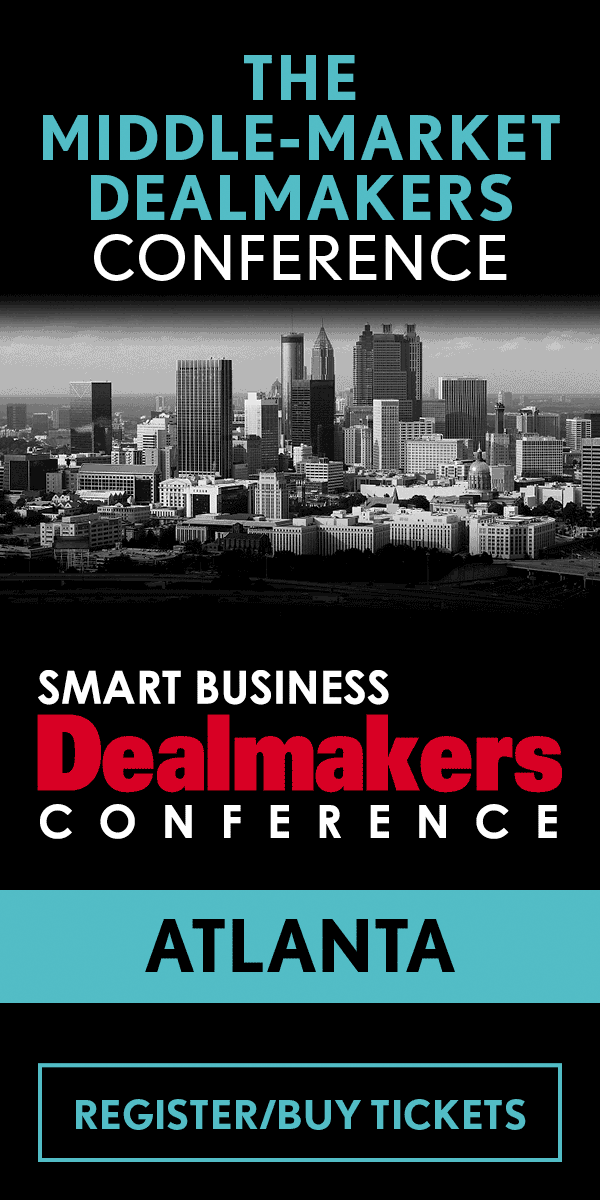To a PE investor such as Andrew Boisseau of Broadwing Capital Management, value creation is defined in terms of sustainable equity value creation, with a revenue component.
“Durable revenue growth through market share gains, through increased wallet share and penetrating new customer accounts, new markets, new product service introductions,” Boisseau said at the 2024 Dallas Smart Business Dealmakers Conference. “On the cost side, operational improvements, reducing costs and enhancing margins through implementation of best practices, reducing waste, automating processes; consolidating purchasing, and instilling a culture of excellence and continuous improvement. And it's important that those improvements be durable. Undercutting your competitors on cost to grab market share, or cutting costs to inflate margins are generally not viable, long-term strategies. So, it requires enhancing the company's value proposition to its customers, or permanently reducing costs through value engineering and efficiency improvements.”
He says generally they’re deliberate about planning upfront and developing their company-specific game plan. But there are usually two components in a plan to fortify the foundation in the first 120 days. That aims to stabilize the business, ensure minimum standards and aspects such as operational and financial reporting and addressing talent gaps. In the next phase, they implement the meat of the value creation plan.
“It depends on the company, but we've done everything from new products, new services, greenfield plant expansion, investments in manufacturing technology to improve efficiency and expand capacity,” he says. “You name it.”
Also, at each organization they have looked to do a thorough diagnostic on the front end to assess the technology the company is using and how it’s being used.
“Are they appropriate for the business?” he says. “Are they generating the data that management needs to run the business effectively and make decisions? And is it empowering sales reps and field techs to make real-time decisions?”
Because they’re investing in lower-middle-market companies, technology implementation tends to be a big part of the playbook — ERP, CRM, and making sure each are integrated across the business units. The other aspect is business intelligence and what he calls distributed technology. That means making sure there are dashboards, marketing materials and other tools that are readily accessible at the click of a button for folks in the field.
Still, much of the value creation in a deal comes from people.
“Fear and resistance to change are pretty powerful forces,” Boisseau says. “And so how do you overcome those? It's all about communication, employee engagement. We've got to get employees to buy into our vision and believe that if we can achieve our objectives together that it means good things for everyone involved.”
To do that, they try and engage with people through town halls, distribute incentives more broadly throughout the organization, create feedback mechanisms so that employees feel like they have a voice, they’re being heard and their concerns are being attended to. Small businesses, he says, tend to lack infrastructure and can have delicate ecosystems. After being acquired, it can be the case that the acquirer is forcing a number of changes in a short period of time. That requires a deft touch and being finely attuned to human capital issues.
He says they’re generally underwriting five-year hold periods. Because of that, he says they want to implement the majority of their value creation plan in this first two to three years, then allow time for the results to manifest themselves and then focus on preparing company for exit.
Those looking to increase their company’s value should have robust data readily available.
“As an investor, I want to dig in and understand long-term financial trends,” he says. “I want to understand sales by product, by customer, by SKU and margins accordingly. And having that information available is really helpful.”
He says owners should get their financial statements audited, which he understands can be painful and has a cost associated with it. But not doing so will ultimately cost them in the long run.
He also advises owners to be thoughtful in who they select as an adviser. It should be someone who understands the industry, who has relationships with the most logical buyers, and who's going to be straightforward with them and set realistic expectations rather than pitching the highest aspirational valuation.
He cautions those who are considering a sale that the process itself can be a trial.
“With respect to the process itself, it's long, it's painful,” he says. “And just understanding what you're getting into reduces the risk of frustration and process fatigue.”




